What form will the next generation of broadcast architecture take? A technology committee organized by the National Association of Broadcasters is exploring that question; and its work will be one of the radio-friendly topics on the agenda of the upcoming IEEE Broadcast Technology Symposium.

Highlights of the BTS include a series of talks about emergency alerting; a new “Women in the Industry” breakfast; and a discussion of new protection requirements for Class A AM stations. Further themes include 5G, ATSC 3.0, IT security and regulation.
The annual technical conference will be held over three days at the Hartford Marriott Downtown in Hartford, Conn., at the beginning of October. Below are highlights of likely interest to Radio World readers.
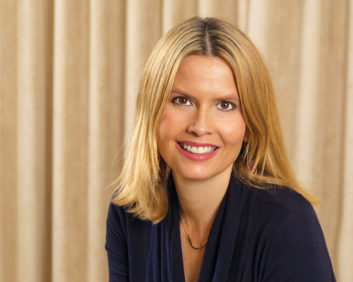
CONSUMER INTERFACE
On Tuesday Oct. 1, Michelle Munson, co-founder and CEO of Eluvio, will keynote. She founded Aspera and led it as CEO until May 2017, including through its acquisition by IBM. She speaks frequently about content networking, machine learning, block chain and cloud infrastructure.
Tuesday afternoon the focus turns to “the consumer interface.” Tim Carroll, senior director, sound technology for the office of the CTO at Dolby Laboratories, is among the presenters.
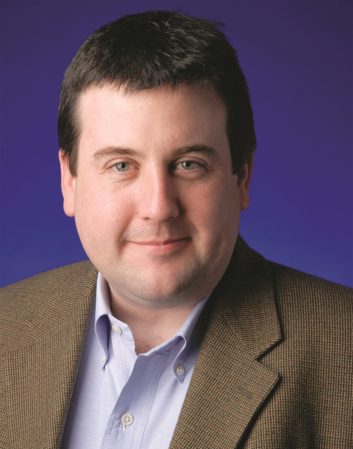
“When first speaking with Peter Symes, the chair of the ‘Consumer Interface’ sessions, I was thinking this was related to HDMI or WiFi or other such interfaces,” Carroll said. “In fact, the focus is on the technology/human interface and will include not just a description of specific technologies but more specifically how these technologies can improve experiences for consumers and what might be required from consumers to enable new features.”
For instance Carroll said his own talk about “New Audio Features” will explore technologies like immersive audio and how it can be delivered by Dolby Atmos, accessibility improvements such as dialog enhancement and how consumers will be able to make such features work to their benefit.
“Engineers will get a view of what the consumer side can support and what will be required to enable it upstream in the broadcast facility.”
He expressed amazement at how far consumer technology has progressed.
“Devices like sound bars have become smaller and cheaper and yet perform far better than their predecessors. They provide a consistent, compelling experience while requiring very little setup experience to get it right. This results in consumer environments that are higher quality and more predictable than ever before, making it easier for broadcasters to satisfy viewers — and listeners.”
“RELENTLESS” DISASTERS
Several presentations, also on Tuesday, will explore emergency alerting. Hasn’t this subject been covered in great detail already? We asked Matthew Straeb, EVP/CTO of Global Security Systems and Alert FM.
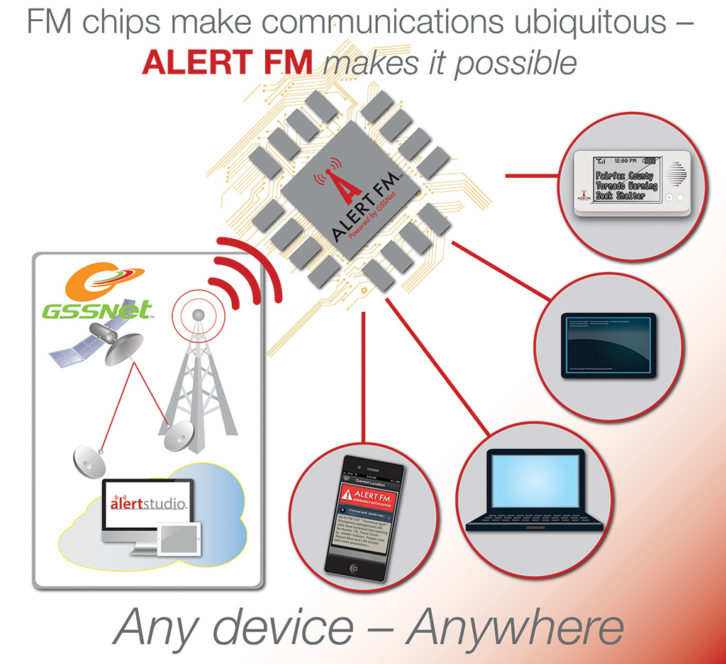
“Last year’s relentless season of natural disasters, from hurricanes in Houston, Florida and Puerto Rico, to wildfires in California, has solidified radio broadcasting as the last resort for sending out life-saving information when power, cell and internet fail,” he replied.
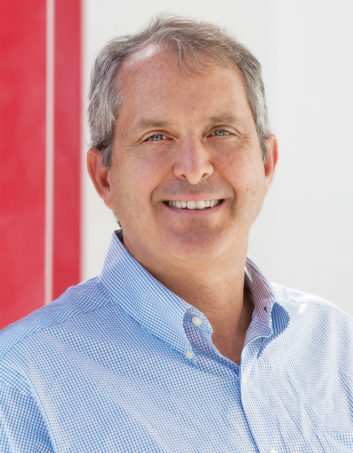
“The future of broadcasting, to remain relevant and avoid becoming a victim of spectrum grab by FCC and others, will depend on the validity of this outcome and entertainment value. The incredible benefit of sharing essential information with communities, residents, first responders and the rest of the nation using terrestrial radio has become an aid and lifeline.”
Reliability issues, Straeb said, can impair the effective delivery for emergency alerts, which are of little value when one’s smartphone has no service or a dead battery. “That’s where FM broadcasting’s ubiquitous and pervasive infrastructure remains valuable.” He said he’ll describe building blocks of a nationwide network and a path for the consumer electronics industry to integrate emergency alerts into products and make it easily accessible for Americans.
Straeb said the most important challenge facing the U.S. radio industry is the relevance of terrestrial radio listening in the car.
“As Americans move from terrestrial to online listening, how does radio continue to stay top of mind as you cross that divide from terrestrial to online? There is a plethora of content competition. If we lose the terrestrial radio platform or it becomes diluted we are at risk,” he said.
“That’s why we believe the promotion of the radio platform for emergency alerts is critical. It’s one reason we created the NRSC ‘Emergency Alerts and Information Working Group,’ to assimilate the value proposition of radio for saving lives. As chair, I would invite any interested persons to join.”
MORE CAPACITY
Alan Jurison, who by day is senior operations engineer for iHeartMedia, chairs radio sessions offered on Wednesday morning.
“Several of the papers are focusing on next-generation transmission methods for radio,” he said.
“David Layer of NAB and Harvey Chalmers of Xperi will discuss the lab results of MP11, an exciting new extended hybrid mode enabled by fourth-generation HD Radio transmission hardware. It adds an additional 24 kilobits per second to the hybrid signal, for a total of 144 kbps of transmission capacity. The lab testing of this mode was critical before the industry moves to field trials.”
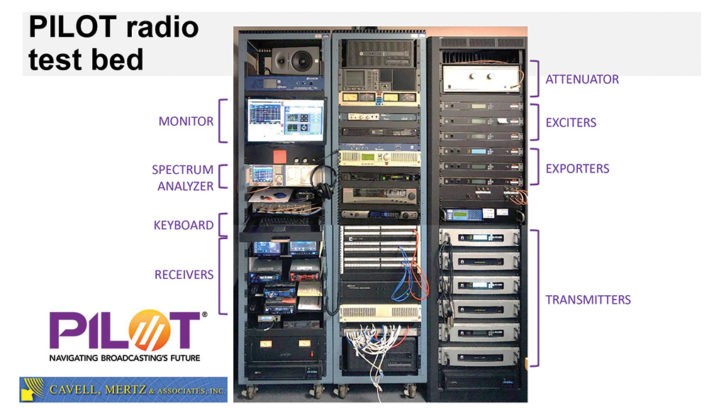
Jurison said that with more broadcasters employing MP3 mode for additional digital capacity and with the MP11 mode showing promising results, a presentation by Philipp Schmid of Nautel is timely. He will delve into peak power reduction for extended IBOC service modes.
Frank Foti of the Telos Alliance will offer “iMPX: Networked FM-Stereo Composite Connectivity,” discussing distribution of digital composite, or MPX. “This will be a growing trend over the years, as more functions we’ve typically relied on in hardware are moved to the cloud,” said Jurison.
Also on the docket is “Effective Monitoring and Protection Systems for Multiplexed TV and Radio Facilities” with Paul Shulins of Shulins Consulting and Jim Stenberg of American Tower.
“As we all know, everyone is tasked with more stations and sites than they once had,” Jurison said. “Comprehensive monitoring systems are essential to know about problems, hopefully before they exist, so you can be proactive, route around or fix the problem and keep your stations on the air and compliant.”
NEXT WAVE
Also Wednesday, Roswell “Roz” Clark, senior director of radio engineering at Cox Media Group, will discuss “Next-Generation Architecture for Radio.”
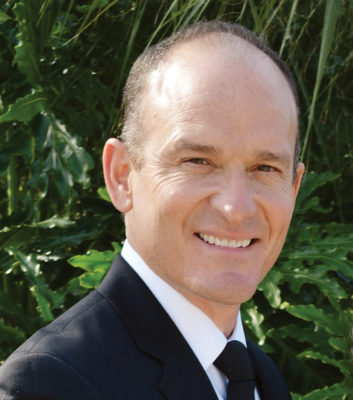
“The technology used for radio broadcasting has evolved significantly in recent years,” Clark said. “Advancements in content creation, digitization, HD Radio, metadata and display data have all been adopted and implemented into legacy systems. As the next wave of technology looms that includes virtualization and software-based systems, how will the infrastructure and content transport requirements be met to take advantage of these advanced technologies?”
He said the NAB Radio Technology Committee’s Next Gen Architecture Working Group is working with manufacturers, Xperi and broadcasters to answer that question.
“The presentation is an update on the ongoing efforts of this team. Engineers who are interested in what the future holds for the radio broadcast industry should find this topic interesting.”
Clark noted that radio engineering historically has benefitted from “adjacent” businesses that develop technical solutions that broadcasters then adopt and integrate into their own environment.
“Examples from the past include 66 blocks, data center servers, IP audio over computer networks, and software doing the work that was normally handled by discrete hardware,” he said. “What will it take to continue this trend of adoption to include cloud computing and virtualization? What are the requirements? How can products be designed to work together? Can the end result be easier to implement for everyone?”
Clark said that one of the most challenging issues related to the business of broadcast and technology is the human resources needed to take the business into the next generation.
“While technology continues to evolve and become cheaper, better and faster, the people that understand how to take advantage of these advancements and how they can be applied to broadcast are becoming rare. Attending events such as the IEEE-BTS Symposium is one of the ways to accelerate the knowledge needed for the future.”
Other talks of interest to radio engineers at BTS include “Real-Time Monitoring of RF System Performance” by Dan Glavin of Dielectric; “New Protection Requirements for Class A AM Stations” with Carl T. Jones; and a look at the 2019 World Radiocommunication Conference from Winston Caldwell of Fox.
BTS features a number of session titles beyond radio. A sampler: “Reputation-based Network Selection in Multimedia IoT,” “Group-Oriented Broadcast of Augmented Reality Services over 5G New Radio,” “Networking Requirements for ATSC 3.0 Implementation,” “Security Provisions in ATSC 3 Studio-to-Transmitter Link Transport Protocol” and “Software Defined Systems — The Future Platform.”
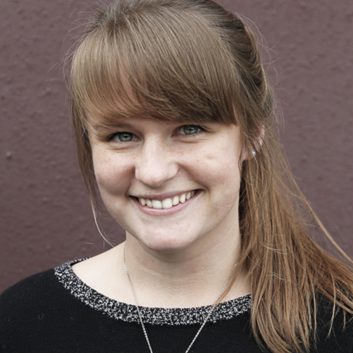
On Wednesday, BTS will feature its first “Women in the Industry” breakfast. Featured is Jaclyn Pytlarz, a senior engineer at Dolby Laboratories in Sunnyvale, Calif., where she has worked in Dolby’s Applied Vision Science group since 2014.
Keynoting the Wednesday lunch is Mark Schubin, a video tech expert who likes to say that among other career highlights, he hooked up the TV in Eric Clapton’s bedroom. Also relevant if perhaps less exciting, Schubin has multiple Emmys and is chairman of the ATSC board of directors.
CONTENT TIDAL WAVE
The event’s organizers see a clear need for an understanding of the kinds of technical topics explored at their annual event.
Jurison said the industry faces plenty of challenges, “from having long-term digital strategies to retain terrestrial listenership or convert them into streaming listeners, ensuring we keep driving results for our advertisers on both terrestrial and digital platforms.”
Tim Carroll echoed Matt Straeb’s earlier comment about content competition.
“Consumers have so many choices for the sources of content it is increasingly difficult to provide services that are differentiated,” he said. “Quality robbing loudness wars are becoming a thing of the past, so what can make a service stand out and attract and keep listeners? Perhaps new features that make content more exciting to consume can help. Can radio do this?
“I believe the answer is yes,” Carroll said. “Audio improvements and new features have thus far been aimed at improving video services but are equally applicable to radio.”
IF YOU GO
Where: Hartford Marriott Downtown, Hartford, Conn.

When: Oct. 1–3
Who: Industry professionals and academia seeking to collaborate on current and challenges in the field of broadcasting
How: bts.ieee.org/broadcastsymposium
How Much: $630 for IEEE/BTS members, $750 others; single-day passes and discounts for students, advance registration and Life Members are available












